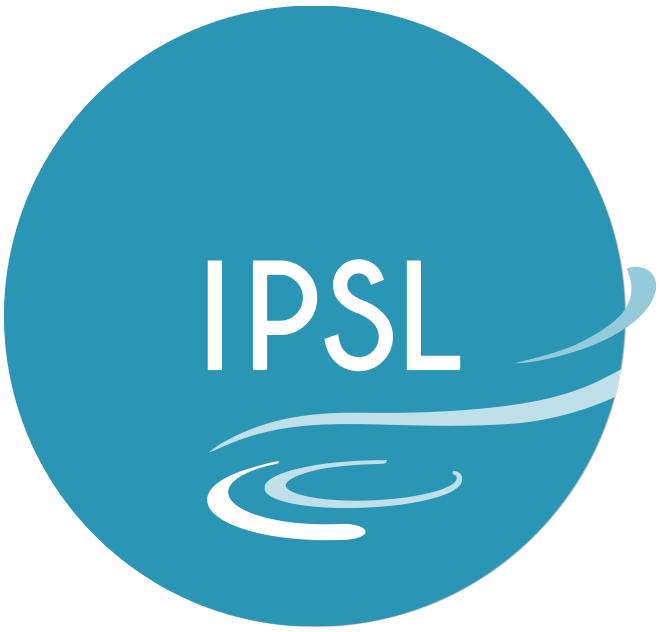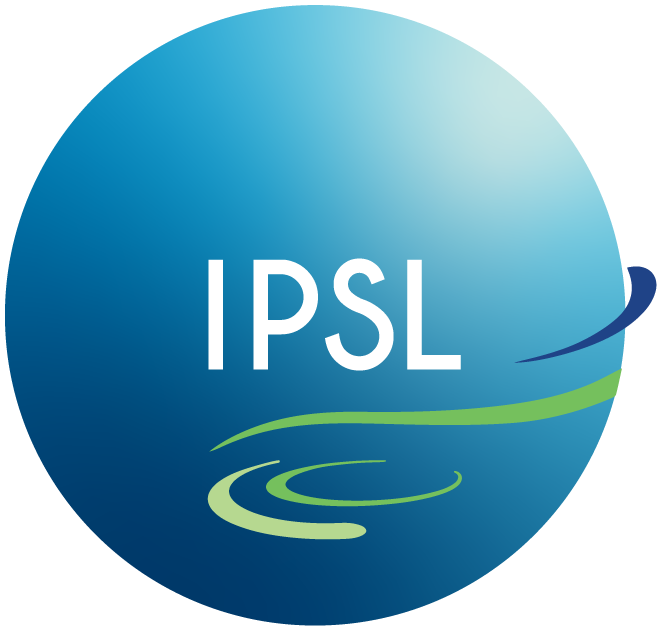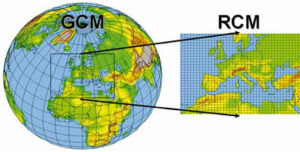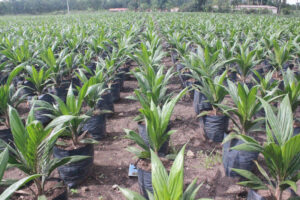C2OMODO: A French contribution to NASA’s next Earth observation observatory
In May 2021, NASA announced its next Earth observation program, scheduled for 2027-2028.
This program includes a component dedicated to the atmosphere, currently known as “ACCP” for “Aerosols, Clouds, Convection, Precipitation”, which will combine a constellation of satellites carrying active and passive instruments (lidars, radars, radiometers, polarimeters, stereocameras) at the cutting edge, with a sub-orbital strategy taking advantage of the ground and airborne atmospheric observation networks.
France has proposed to contribute to this ACCP observatory, in particular through the C2OMODO project (“Convective Core Observations trOugh Microwave Derivatives in the trOpics”), a proposal that has been selected for the prephase A.
It consists in providing a tandem of passive microwave radiometers which will be embarked on two satellites flying on an inclined orbit. These instruments will provide a new type of measurements and will allow to characterize convective systems with an unequalled precision, thanks also to the synergy of the different instruments of the program.
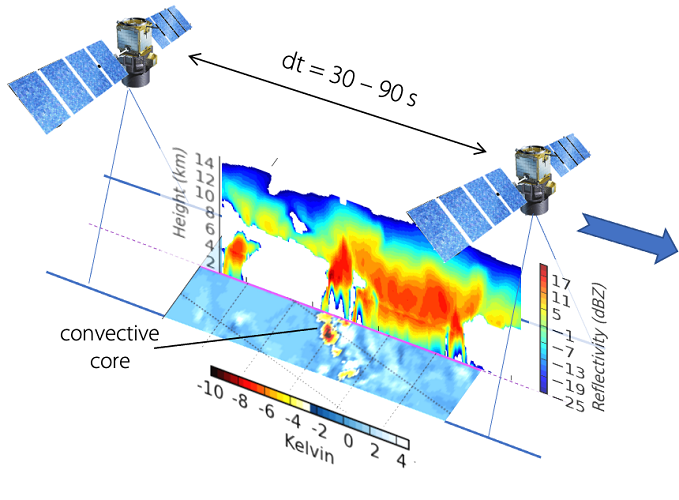
Diagram of a convoy of satellites carrying passive microwave instruments and providing the horizontal map. The map reveals the intensity of the upward motion in the cloud associated with condensed water and obtained from the time differences of the brightness temperature (in Kelvin) measured at 183GHz. The vertical section is the vertically resolved concentration of hydrometeors (reflectivity) as provided by a radar (in this case, the CloudSat radar). The calculations were obtained from simulations of the AROME model of Météo-France. All rights reserved
This contribution benefits from the expertise of CNES and Airbus through the SAPHIR instruments (Megha-Tropiques mission, CNES-ISRO in operation since 2011) and the MWS-ICI duo (MetOp-SG program, CNES-EUMETSAT-ESA-DLR, scheduled for 2023).
The project is led by CNES, while its scientific responsibility is at LATMOS and involves researchers from LEGOS, CNRM, LAERO, LMD and IPSL.
The feasibility studies continue until the beginning of phase A of the program, expected in early 2022.
More information
ACCP announcement: https://www.sciencemag.org/news/2021/05/nasas-new-fleet-satellites-will-offer-insights-wild-cards-climate-change
Contacts
Hélène Brogniez, LATMOS-IPSL •
Adrien Deschamps, CNES • et Valerio Cipolla, CNES •
